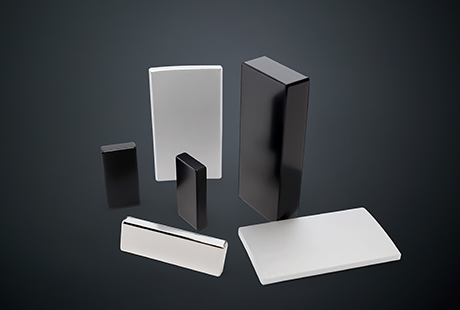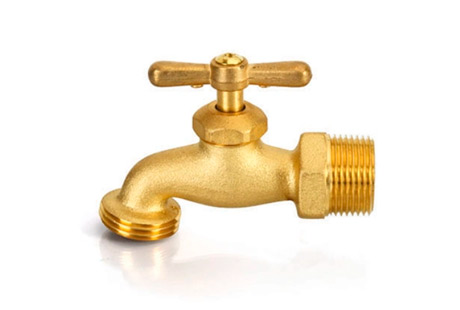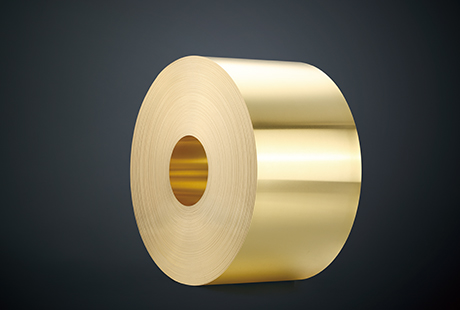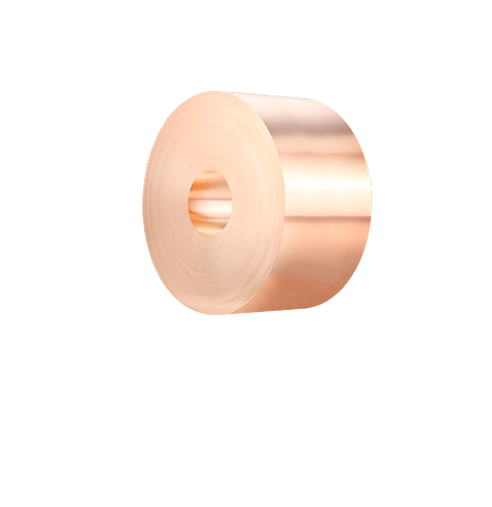Ⅰ. Horizontal continuous casting of type ACR copper tubing
Horizontal continuous casting equipment is the lowest height casting machine, and its process center line is completely horizontal. The horizontal continuous casting device is mainly composed of tundish, mold, billet drawing machine, cutting machine, cooling bed, traction system and microcomputer control system. In addition, the auxiliary equipment also includes melting furnace, temperature control equipment, etc. Among them, the separation ring, graphite sleeve, mold, blank drawing machine and automatic control system are the key equipment of horizontal continuous casting machine.
The mold consists of a graphite mold and a water-cooled copper sleeve. One end of it is fixed on the front wall of the intermediate insulation package, and the other end is fixed on the cooling system. During the melting and casting process, after the electrolytic copper is melted by the intermediate frequency melting furnace, it is kept in the holding furnace. The solidification process of copper water in horizontal continuous casting is that copper water enters the cavity through the entrance of the mold, and after entering the mold, a cylindrical condensate shell is formed by the chilling effect of the cooling water, and is pulled from the mold at a certain speed in the billet drawing mode. Cast out to get a billet.
The ingot structure of type ACR copper tubing, like insulated copper tube, includes grain size, shape and orientation, and the shape, size and orientation of grains in pure metal as-cast structure.
A typical ingot structure can be divided into three layers:
(1) The chill layer, located in the outermost layer of the ingot, is composed of fine equiaxed grains;
(2) The columnar crystal layer, located in the chilling zone, is composed of columnar crystal grains that are perpendicular to the die wall and parallel to each other;
(3) Coarse equiaxed crystal layer, located in the center of the ingot.
There are many factors that affect the structure of the ingot, such as the casting temperature, the wall thickness and shape of the mold, the mold temperature, the size of the ingot, the casting method and whether a grain refiner is added.
Ⅱ. In order to obtain a certain solidified structure of type ACR copper tubing, the following methods can be selected:
1. Using a metal mold and increasing the wall thickness can enable the liquid metal to obtain a larger cooling rate, resulting in a larger temperature difference between inside and outside, which is conducive to the development of columnar crystals. There is no central equiaxed crystal band in the center of the ingot, but only two bands of chilled and columnar crystals.
2. The higher the casting temperature, the greater the temperature difference between inside and outside, and the longer the condensation time, which will be beneficial to the development of columnar crystals.
3. Adding a certain grain refiner can promote non-uniform nucleation, which is beneficial to obtain fine equiaxed grains. However, if the degree of overheating of the liquid metal is too large, the number of non-spontaneous cores will be reduced, and it is easy to obtain coarser columnar crystals.
4. Mechanical vibration, magnetic field stirring, ultrasonic treatment, etc., can promote nucleation and weaken the development of columnar crystals.

 English
English 日本語
日本語 한국어
한국어 français
français Deutsch
Deutsch Español
Español italiano
italiano العربية
العربية tiếng việt
tiếng việt Türkçe
Türkçe ไทย
ไทย 中文
中文





